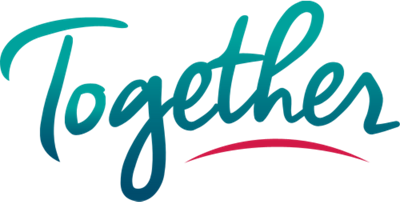A Closer Look at 30 Years of Medulloblastoma Advances

Amar Gajjar, MD, pediatric medicine chair and oncology co-chair at St. Jude Children’s Research Hospital, is being honored with the 2022 Pediatric Oncology Award from the American Society of Clinical Oncology. He is also director of St. Jude’s neuro-oncology division and co-leader of the neurobiology and brain tumor program.
Dr. Gajjar’s clinical research interests focus on the treatment of medulloblastoma, primitive neuroectodermal tumors (PNET) and rhabdoid tumors (ATRT).
Dr. Gajjar began his career at St. Jude in 1987. That was a few years after the hospital’s brain tumor treatment program began. Here is what he has learned – and how he has contributed – over the decades.
Q. What was the brain tumor program like at the beginning of your career?
A. The medulloblastoma program was in its very infancy, completely different from what it is today. We used to see about 5-6 patients a year, and a small 20-patient study would take us about 4 years to complete.
That has changed over the years. In the SJMB-96 treatment study, we enrolled 134 patients. In SJMB-03, we enrolled 330 patients. In SJMB-12, we are now nearing 650 patients.
Q. How have outcomes for medulloblastoma patients changed over the years?
A. When I started, roughly 40-50% of patients could be cured with everybody suffering late effects. Now we are at up to 45% of the patients being treated with minimal therapy and a 95% cure rate. We are working very hard to design new therapies for patients who are intermediate or high-risk and trying to pull them up.
And again, there are many changes that we make to the therapy of these patients based on the technology which is available to us. And we share our information globally.
Q. What technologies and treatments were available in the late 1980s?
A. We only had CT scan in those days. After I came back as a fellow, we got an MRI in a trailer, just to give you an example of where technology was. The surgery was also basically based on visual guidance. Radiation therapy was very old-fashioned, and then chemotherapy was just beginning.
Q. What might technology and treatments look like today?
A. In surgery, they are now operating with the assistance of neuro-navigation and microscopes. Additionally, an intraoperative MRI can take an image of the brain during surgery.
So, once the surgery is done, the child is moved into the MRI. We make sure we have taken all the tumor out. If there is some tumor left behind, then they go back and remove it.
And then once they know everything is clean, sometimes the neurosurgeon will call us. And then we have a real-time conversation while the child is in the operating room.
Proton therapy is another advance. A proton beam is a scanning beam technology. This proton beam technology really limits the amount of normal tissue that is exposed to damage in radiation.
So, using proton beam, we spare a lot of the normal brain tissue from exposure to radiation, and that directly impacts the neurocognitive outcome for these children. And so lastly, now using genetic information, we adjust the chemotherapy based on the risk.
Q. Can you explain why clinical trials are so important?
A. I think the clinical trial is just an umbrella for all our research.
It gives us an opportunity to bring risk-adapted therapy to these children. Then we can follow them so that we can understand their side effects, document their side effects, understand their side effects, and then develop interventions.
So, this is a gradual cumulative increase in knowledge that has been generated over the last 3 decades. It also allowed researchers to share our science and our protocols to other campuses. So, this has been a huge global collaborative effort.
Q. How do you view your relationships with the patients and parents you treat?
A. I think that is a partnership that I have cherished. Our parents are our biggest advocates.
More information about brain tumors
You can learn more about medulloblastoma and other topics related to brain tumors on Together.





